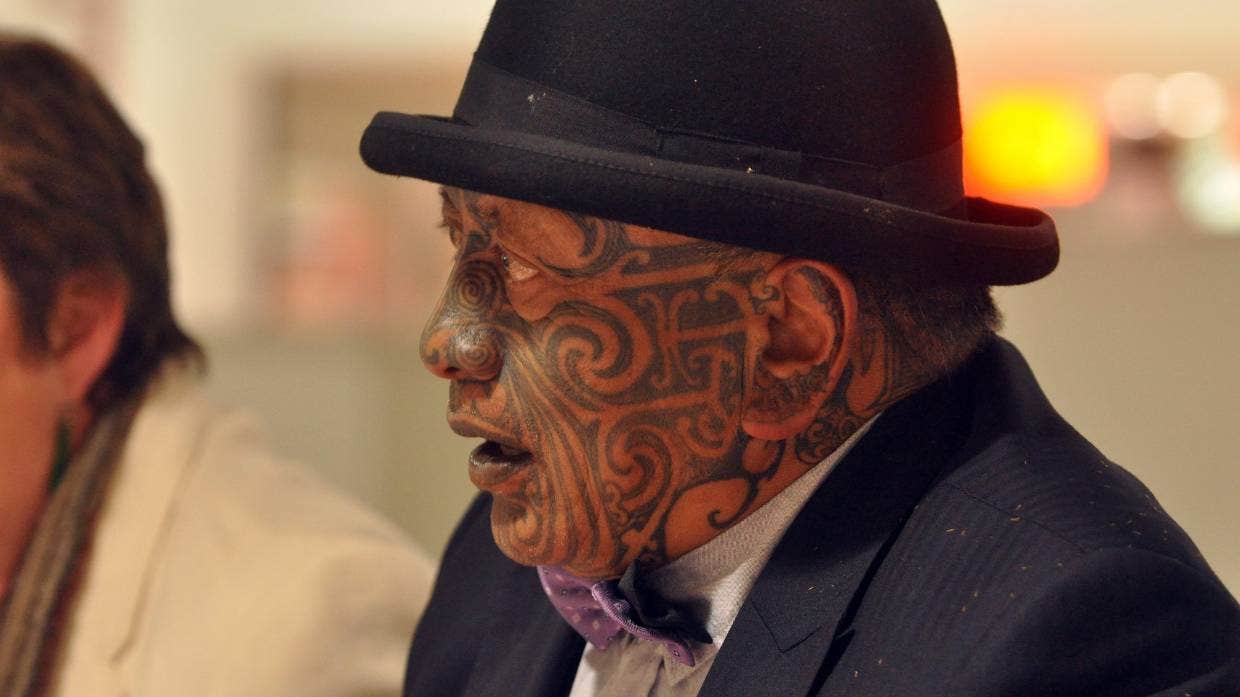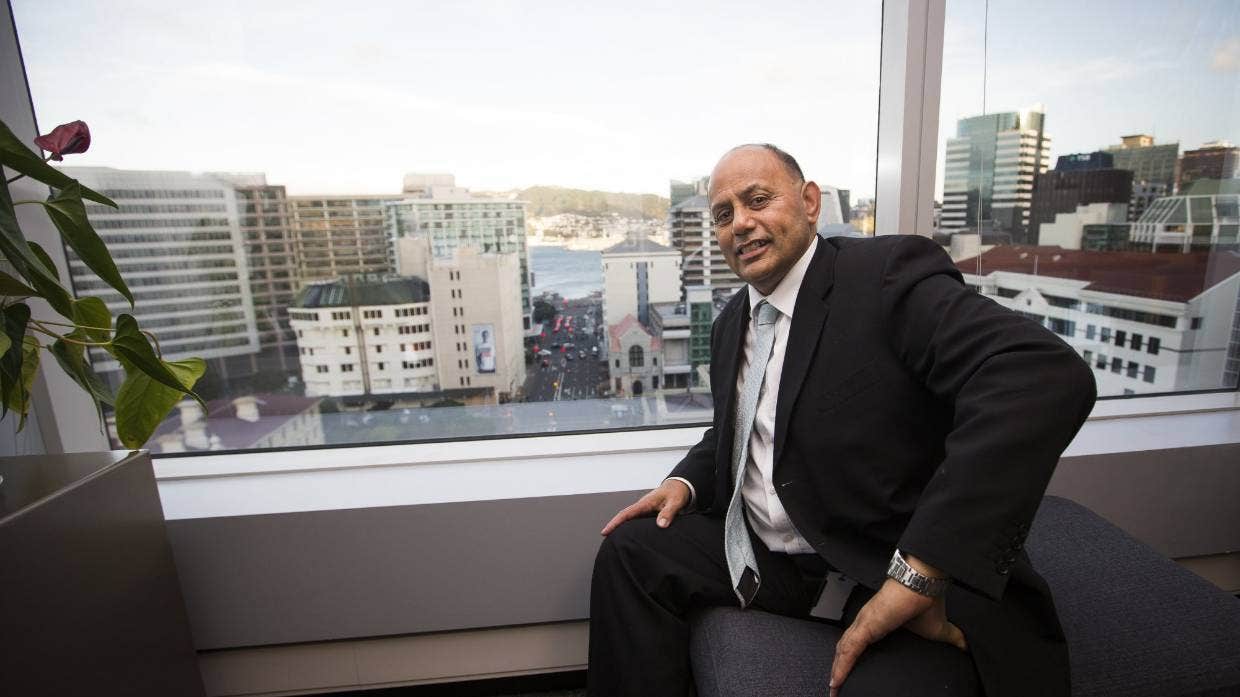Did protesters breach tikanga?
Ella Henry
14 Mar 2022

During the Parliament protest we saw very different sets of values and practices expressed by Māori on both sides.
For the majority of us who were not directly involved with the protest, or its impacts for tangata whenua in Wellington, the use of tikanga to support the protests was troubling – particularly given that Parliament sits on the former Pipitea Pā, and the protests did not appear to be led by Māori from that rohe.
In times of protest, and there have been many in our history, Māori have tended to look to our leadership to shape our thinking around tikanga on issues that confront us. We know that our greatest leaders have led with and for their people; that they have ‘walked their talk’.
Tame Iti, a renowned Māori protestor for over 50 years, said last year that he believed vaccinations were a health issue; he has received vaccines all his life, as he had whānau who had died from those preventable diseases.

Tame Iti has said that he believes vaccinations are a health issue
Kura Moeahu, chair of Pipitea Marae in central Wellington, asked the protestors to show respect “to our whenua (land), our moana (sea) and especially the people that live in Wellington”. This was in light of some protesters attempting to enter and issue bogus trespass notices at the marae.
Kara Puketapu-Dentice, chair of the Taranaki Whānui iwi, said he was saddened by the undermining of tikanga, describing smashed windows at the iwi’s office, protesters urinating and defecating around their buildings, and people being abused in the streets.
“To see them come into our whare (house) and do what they did created a lot of riri (anger) for our whānau here,” Puketapu-Dentice said. “For a lot of people across the motu (land) ... that's not how you conduct yourself.”
Māori Development Minister Willie Jackson said was disappointed that protesters used haka and te reo Māori, calling it a “misrepresentation of tikanga”.

Māori Development Minister Willie Jackson says some protester actions were a “misrepresentation of tikanga”.
This sentiment was shared by another Wellington iwi, Ngāti Toa, which condemned the use of the haka Ka Mate, which was composed by their ancestor Te Rauparaha.
And the Kingitanga, an august Māori institution formed in 1858 to unite Māori, joined iwi leaders from around the country to condemn those occupying Parliament’s grounds, as a “flagrant disrespect of tikanga”.
So what does it mean when we talk about the disrespect of tikanga?
Tikanga is a noun, glossed as custom, practice, and protocol. According to the Māori Dictionary it is: “The customary system of values and practices that have developed over time and are deeply embedded in the social context”.
Tikanga is derived from the concept of ‘tika’, a verb meaning to be true, correct, fair and valid. Thus, being, living and expressing tika is bound up in a set of values and practices of tikanga.
Yet the debate over tikanga at the Parliament protest is not quite as clear-cut as the condemnations above might suggest.
Many protests of previous eras were not sanctioned by local iwi and hapū.
There was criticism from some Māori during the Land March (1975), the occupation of Bastion Point (1977-78), the occupation of the Raglan golf course (1978), and Māori involvement in protests against the 1981 Springbok tour.
However, history now shows that those protests and protesters were justified, and New Zealand has undergone important transformations for Māori and the country as a consequence.
Thus, one might argue that history will be the true judge of what happened at Parliament in 2022.
In the meantime, Māori must draw on tikanga to heal the wounds and divisions caused by the protest.
This article was first published in stuff.co.nz. Read the original article on Stuff.
Useful Links:
- Read profile of Ella Henry
- Study Business at AUT